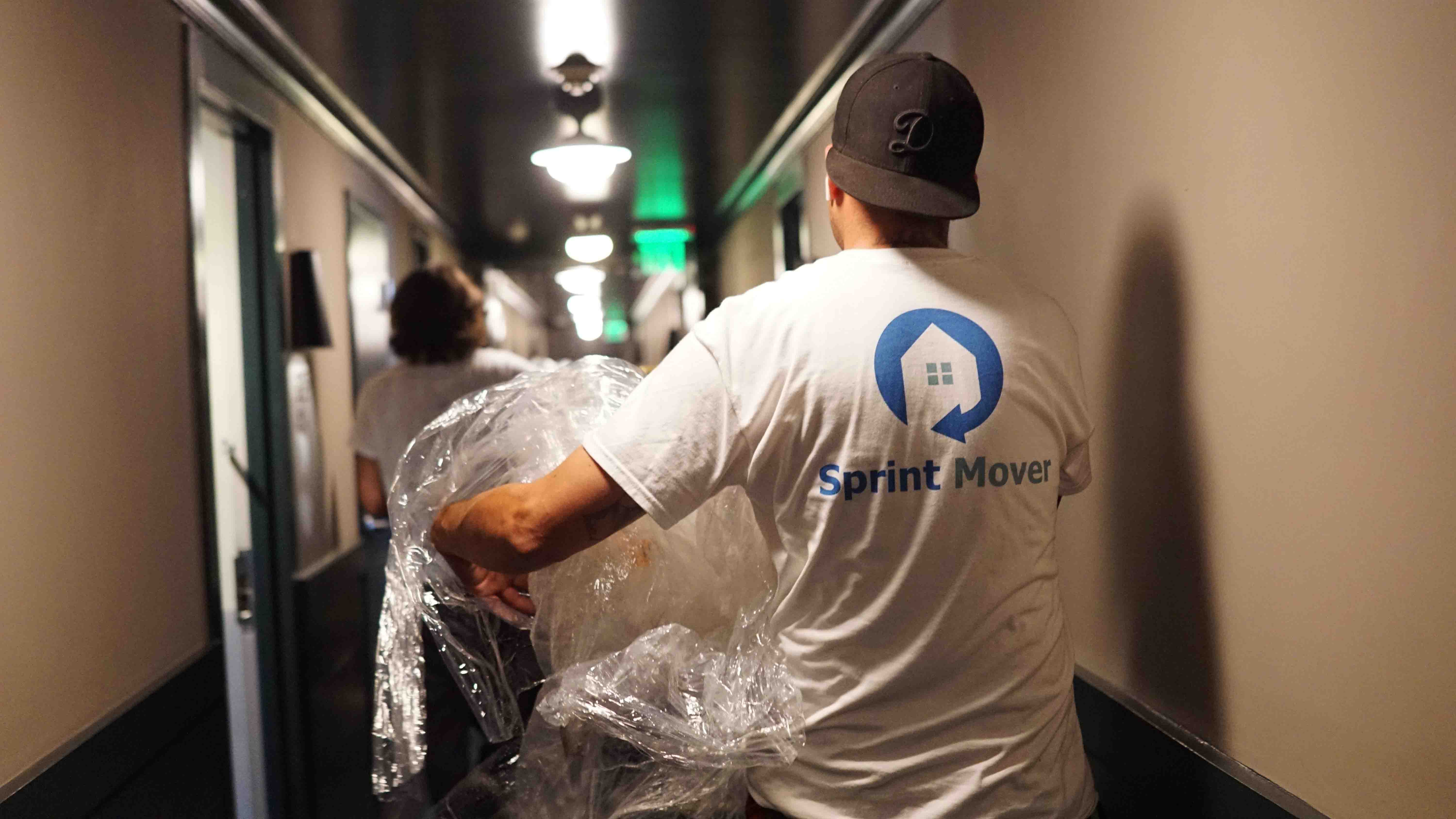How Long Can You Hold an Apartment Before Moving in?
How Long Can You Hold an Apartment Before Moving in? Securing an apartment is a significant step in the moving process. Whether you’ve found your dream home or a convenient place near work, you might wonder how long you can hold an apartment before moving in. This guide will help you understand the factors involved and offer tips for managing the process. At Sprint Mover, we aim to make your relocation as seamless as possible.
Factors Affecting How Long You Can Hold an Apartment
1. Landlord Policies
Landlord policies are the primary factor determining how long you can hold an apartment. Some landlords may allow you to reserve the unit for a few weeks, while others might require immediate occupancy. It’s crucial to discuss these terms with your landlord or property manager during the application process.
2. Lease Agreements
Lease agreements typically outline the move-in date. If you need to delay your move, you may need to negotiate this directly with your landlord. Some leases are flexible and allow adjustments, while others are more rigid.
3. Deposit and Holding Fees
To hold an apartment, landlords often require a holding deposit or fee. This deposit shows your commitment to renting the apartment and is usually applied towards your security deposit or first month’s rent. Ensure you understand the terms and conditions associated with this fee, as it might be non-refundable if you decide not to move in.
4. Market Demand
In high-demand rental markets, landlords are less likely to hold an apartment for extended periods due to high demand. Conversely, in less competitive markets, landlords might be more flexible about holding the unit.
Tips for Holding an Apartment Before Moving In
1. Communicate Clearly
Clear communication with your landlord is vital. Inform them of your intended move-in date and discuss any potential delays as soon as possible. This helps manage expectations and prevents misunderstandings.
2. Sign a Holding Agreement
If your landlord agrees to hold the apartment, ensure you have a written holding agreement. This document should detail the terms, including the holding period, deposit amount, and any conditions for refund or forfeiture.
3. Plan Your Move-In Date Strategically
When possible, align your move-in date with the lease start date to avoid paying for an empty apartment. However, if you need extra time to prepare for your move, negotiate this with your landlord early in the process.
4. Stay in Regular Contact
Maintain regular contact with your landlord or property manager during the holding period. This ensures that everything remains on track and that there are no unexpected changes to your move-in plans.
5. Be Prepared to Pay Rent
In some cases, landlords might require you to start paying rent even if you’re not moving in immediately. This can be a negotiating point if you need to hold the apartment for an extended period.
Conclusion
Holding an apartment before moving in involves several factors, including landlord policies, lease agreements, and market demand. By communicating clearly with your landlord, signing a holding agreement, and planning strategically, you can ensure a smooth transition to your new home. At Sprint Mover, we’re here to assist you with all aspects of your move, making the process as stress-free as possible.
For more information or assistance with your move, contact Sprint Mover today. Our team is dedicated to providing you with exceptional moving services and support.


